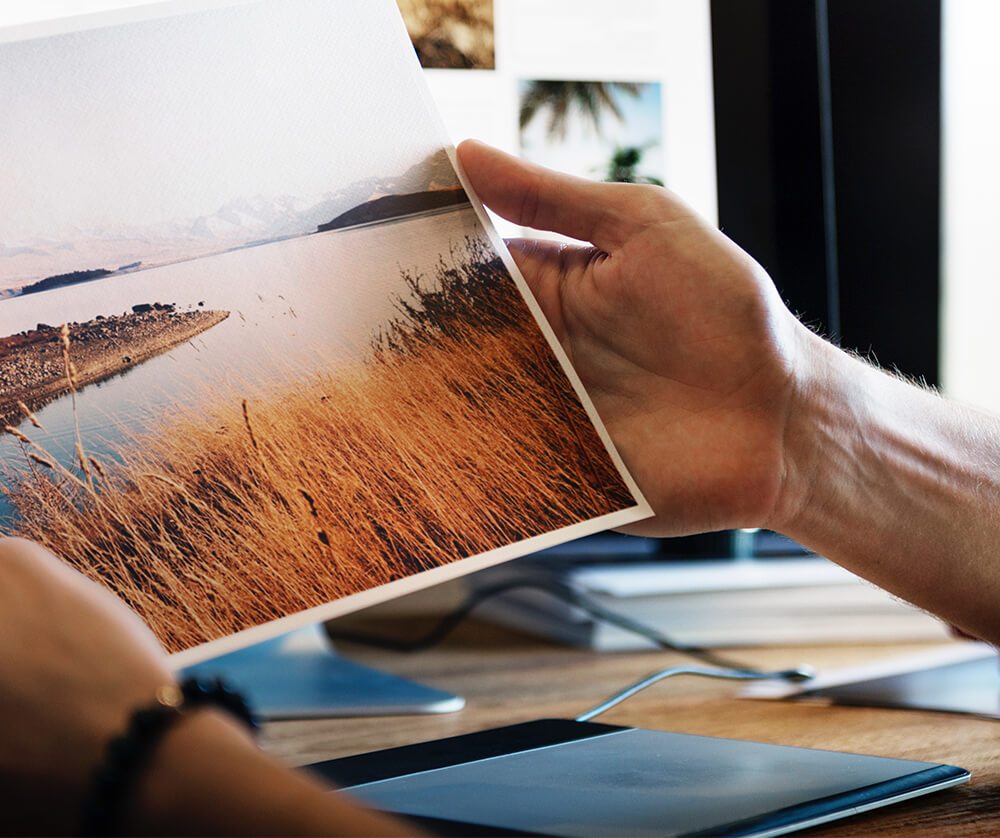EDUCATION
Creating a Compelling Portfolio
BY GEMMA PADLEY
How to showcase your work in the best possible light
“If you want a photography portfolio that shows you in the best light, take time to make it coherent and consistent”
Gemma Padley is a freelance journalist and editor who has worked at the British Journal of Photography and written for a host of clients including Foam, Photomonitor, 1000 Words Magazine, Elephant magazine, AnOthermag.com, and Magnum Photos. In the third of a new educational series, she gives advice on creating a portfolio – how to think about its intended purpose and then edit and refine so that it shines.
A lot has been written on the topic ‘how to edit a photography project or portfolio’ because it is an important (and tricky) thing to get right. It’s hard enough knowing when to call time on a body of work (“have I shot enough?”) let alone finalise an edit that flows and says everything you want it to. Learning how to sequence your work so it conveys an idea or ideas convincingly is a skill worth honing, however, not least because a weak edit can let you and your work down. With practice, it’s possible to become a skilled editor of your work.
The focus of this article is on preparing a portfolio of images to showcase on your website or to send out as a PDF to prospective clients, art buyers, creative directors, photo editors, or other creative types on whose radars you want to be. A portfolio rather than a project is likely to contain a mixture of images from across lots of bodies of work or even single images, so it’s less about creating a single narrative thread and more a case of making sure there’s coherence and consistency. As ever, there are no hard and fast rules, but it’s worth reiterating a few key points.
Firstly, your portfolio will constantly need refining and updating as you grow as an image-maker, and it may be that you’ll need to tweak it depending on who you’re sending it to at any given moment. It’s handy to have an edit of say 20-25 images (and each person will have their own idea of the ideal number of images) that you use as your core portfolio to which you can add or remove images as and when the need arises.
One place to start is to make a wide edit on your computer of your favourite images, or those you feel are your strongest because of what they convey or the way you’ve composed them. If you’ve shot on film, scan the images to make digital copies. Get a feel for what’s working by spending time with the images, ordering them in different ways by moving them around the screen and starring the standouts. Keep things fluid at this stage and allow yourself to be drawn to certain images over others without thinking too hard.
If you can afford it, invest in a small printer and print out a selection of your best images, between 30 and 40 is a good number. Some photographers pin their images to a wall while others lay them out on a table or on the floor. It doesn’t matter which approach you take, the point is to look at the images as physical prints – a completely different experience to looking at and editing images on screen.
The sequence should have a strong start and finish, and a nice pace throughout that naturally ebbs and flows. As you’re moving images around, think carefully about what you’re trying to get across, and pay close attention to how one image leads into the next – maybe a subtle transition in terms of colour, style, subject-matter, genre is called for, or perhaps it’s time for a bold change of pace.
Gradually take out images until you have about 25 photographs in total, and keep refining the edit, asking yourself if it flows well. Seek advice from one or two trusted confidantes – a friend or someone you know from the creative industries – but don’t ask too many people for their opinion otherwise it could leave you feeling more confused.
It may be helpful to include brief captions alongside the images if you feel these will add important contextual information, but more important still is a short text that introduces you and the work.
Refining your portfolio is an investment of time and energy, but it is time well spent – a chance to showcase you and the work you make in the best possible light.
